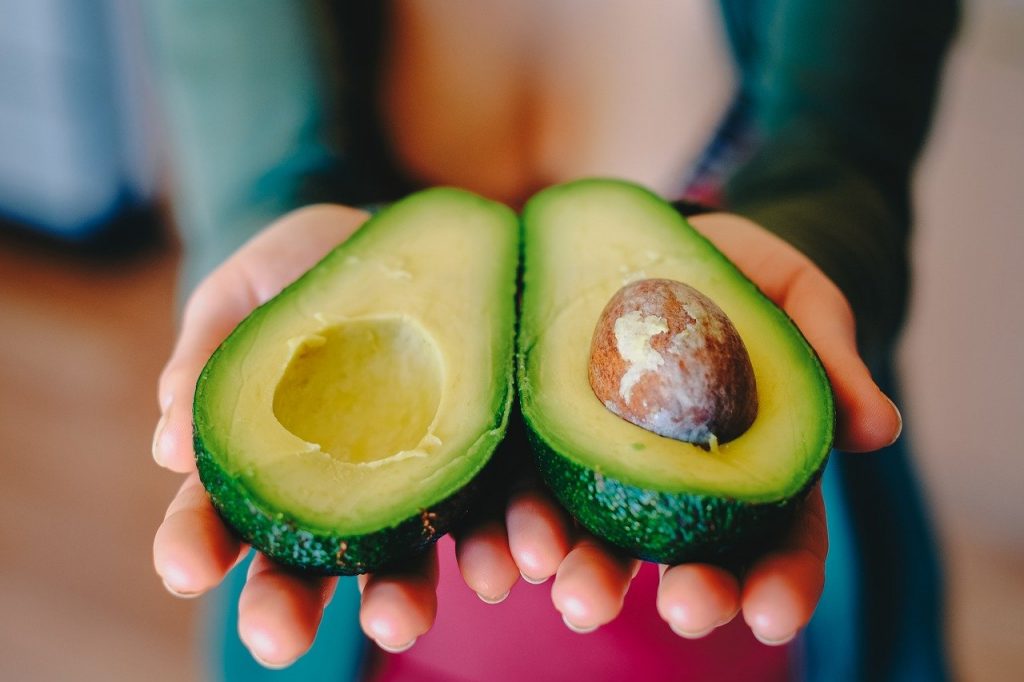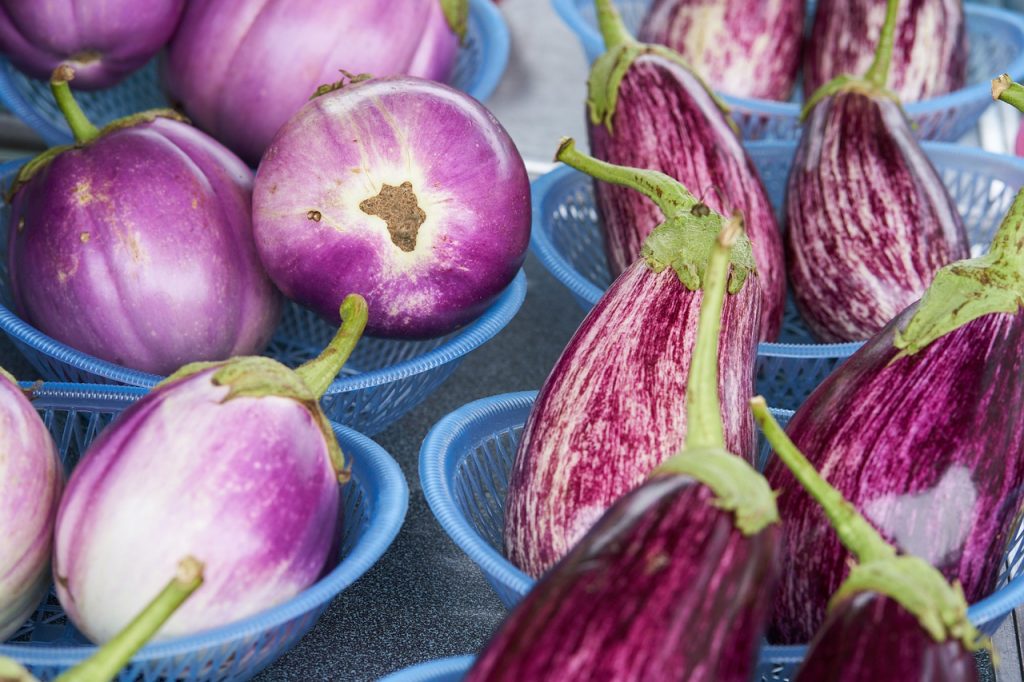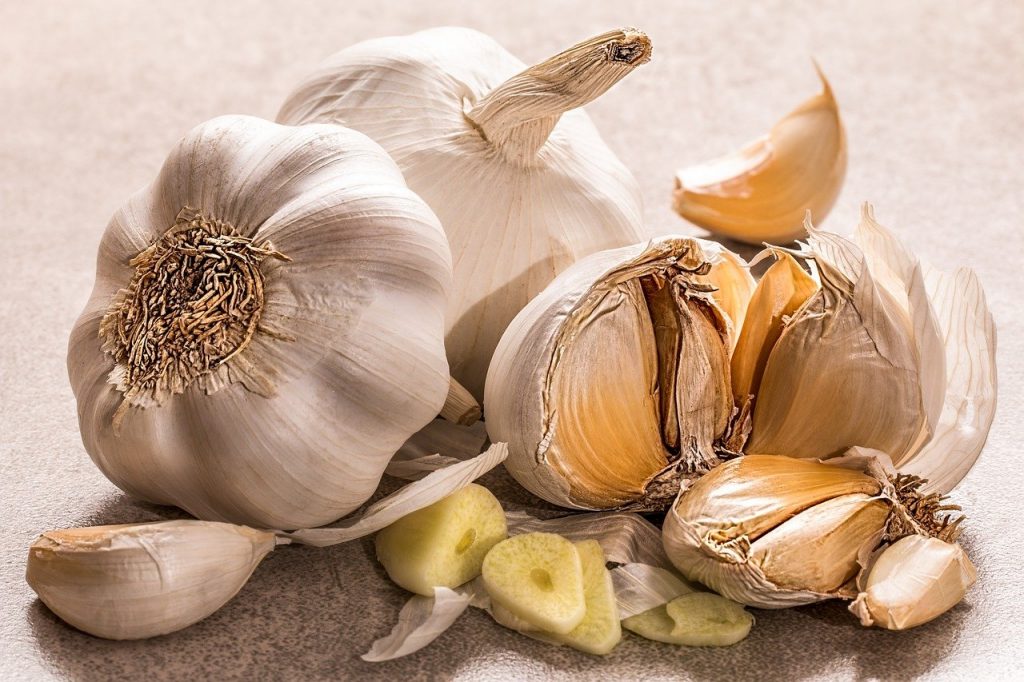[Article updated on 19/09/2023]
When consumed daily, fruits and vegetables have many positive effects on the body. It is not for nothing that they have become the basis of the most famous weight loss diets. Indeed, they are low in calories and easily digestible. They enrich the body with a multitude of vitamins and minerals. Above all, they stimulate digestion and improve intestinal function. They are not only a storehouse of vitamins but also a kind of brush for cleaning the body. Thanks to the large number of dietary fibers they contain, fruits and vegetables facilitate the work of the digestive organs and eliminate all debris from their surface. This allows them to remove toxins from the body and normalize excretory function. To help you better benefit from their countless benefits, I invite you to continue reading this article dedicated to A-shaped fruits and vegetables.
Lawyer
Avocado is the fruit of the avocado tree (Persea americana), a tree that can reach 20 meters high. The avocado is botanically a berry with a single seed. It can be round, egg-shaped or pear-shaped. Its leathery shell varies in color with a hue ranging from light green to brown. Ripe fruits contain a pit the size of a golf ball. The flesh is yellow-green to golden yellow. But the color changes quickly when the flesh comes into contact with air due to oxidation.

Avocados have a mild, nutty taste and a consistency similar to butter. As the fruit is not sweet and does not contain acid, it is often used as a vegetable. The fruit is most often used raw, cut into slices or pureed in aperitifs and salads. These dishes are generally accompanied with shellfish or chicken. It is common to use it to balance strong dishes, such as guacamole. The oil extracted from avocado pulp is characterized by a very high smoke point. It is used both in cooking and in cosmetics.
Avocados contain more fat than most fruits (up to 30% for some varieties). 100 grams of purified avocados contain 19.6 grams of fat, 1.8 grams of protein, 0.4 grams of carbohydrates, 1 milligram of vitamin C, 583 milligrams of potassium, 3.1 grams of dietary fiber, 48 micrograms of beta-carotene, 71 grams of water and 787 kJ of energy.
Aronia
Aronia is the fruit ofAronia melanocarpa, a vertically growing shrub belonging to the Rosaceae family. The tree normally measures 1.5 to 3 meters high. The fruits are dark blue or shiny black berries. The juice is a beautiful dark red, almost black. The berries hang in clusters of about 10 berries on red stems. The leaves are round or oval. The berries are actually small apples rich in pectin.
Aronia is native to North America where Indians used both the dried and fresh berries as medicine. The berries are used to produce juice. We can also eat them fresh, like simple fruits. Aronia can be used as a filling for pies. You can also make jam, jelly and puree.
Aronia contains a lot of antioxidants (13.5 μmol/100 g). Aronia berries are also fruits with a high vitamin content. They contain significant amounts of vitamin C, B1, B2, provitamin A and vitamin K. In addition, these fruits also contain numerous mineral salts and antioxidants such as anthocyanins and polyphenols.
Anone
The custard apple is the fruit ofAnnona reticulata, a tree belonging to the Annonaceae family. Custard apples measure 8 to 13 cm long, have a round, irregular shape and are honeycombed at the stem. The shape of the fruits varies. They can be heart-shaped, spherical, oblong or irregular. Size ranges from 7 cm to 12 cm, depending on the variety. Depending on the variety, the fruits have a slightly to heavily wrinkled skin that changes color during ripening from pale green to golden yellow. Depending on the variety, the white flesh of the ripe fruit is mealy to pasty in texture and has a sweet-sour taste.
The flesh of the custard apple is quite fibrous and contains many inedible seeds. The sweet and pleasant flavor is similar to the taste of custard. The fruit is used in making desserts, ice creams and juices. The leaves are used internally against worms, and externally to treat abscesses. Crushed leaves can be applied to boils, abscesses and ulcers. The unripe fruits and the bark are rich in tannin and are used to treat diarrhea and dysentery. In severe cases, the leaves, bark and green fruits are all boiled together for 5 minutes in a liter of water to make an extremely potent decoction.
Pineapple
Pineapple is the fruit of Pineapple comosus, a herbaceous plant belonging to the bromeliad botanical family. Pineapple can weigh up to 5 kg. It has an oval-cylindrical shape and characteristic, bristly, green-brown skin. Pineapple has a distinctive appearance and thick skin. Its flesh is very juicy and has a yellow-green color that turns orange in places. Pineapples are sweet and sour, very aromatic and ripe fruits can be very juicy.

The flesh and juice of the pineapple are used in cuisines around the world. Pineapple slices are used in desserts such as fruit salads, as well as some savory dishes. They are used in particular as toppings for pizzas and hamburgers. Crushed pineapple is used in ice cream, candies, jams and yogurts. Pineapple juice is served as a drink. It is also the main ingredient in famous cocktails such as the piña colada.
Pineapple, although very sweet and containing a lot of simple sugars, has relatively few calories (only 50 per 100 g). Pineapple is rich in vitamins and minerals. Pineapples contain vitamins A, C, B1, B2, B6 and PP, as well as folic acid, copper, iron, phosphorus and zinc. Due to its bromelain content, pineapple is particularly recommended for people trying to lose weight.
Almonds
Almonds are the fruits of the common almond tree (Prunus dulci), a plant belonging to the Rosaceae family. The plant is about five meters tall and the kernels are enclosed in a protective shell of a woody nature. Originally from Asia, the Almond was then imported to Europe and throughout the Mediterranean by the Phoenicians. Almonds are a widely used ingredient in various traditional Mediterranean cuisines, both in sweet and savory dishes.
Almonds are used both in cooking (pesto) and in baking (dragees, biscuits, pastries). It is also used to prepare almond milk, a very energetic drink. The main vitamins are vitamin E (about 24 mg per kilogram), vitamin A, B vitamins (B1, B2, B3, B5 and B6), as well as beta-carotene and lutein. The main mineral salt is magnesium (around 270 mg per 100g), followed by calcium, iron, potassium, copper, zinc, phosphorus and manganese. It is a very high-calorie food (around 600 Kcal per 100 g). It is therefore preferable to consume only 10-15 grams per day.
Apricot
Apricot is the fruit of the apricot tree (Prunus armeniaca), a tree belonging to the Rosaceae family, a family which also includes cherry, plum, almond and peach. Similar to a small peach, the apricot is a drupe 1.5 to 2.5 cm in diameter. The fruit has a color ranging from yellow to orange. The surface of the apricot may be glabrous or velvety with very short hairs. The apricot pulp is generally firm and not very juicy.

Apricots generally weigh around 35 grams. Apricots can be eaten both fresh and dried. They are a healthy and tasty snack. They perfectly complement cakes, desserts, fruit salads and even ice cream. We make compotes, juices and jams. Apricots are used as ingredients in meat dishes. Apricot seeds can replace almonds in cooking. The oil extracted from apricot kernels is used in cakes, but also in cosmetics and pharmacy. Apricots are best eaten raw with the skin on, as they contain high amounts of fiber and nutrients.
Apricot is an extremely nutritious fruit, rich in vitamins and minerals. It contains vitamins A, C, E and potassium, fiber, fats and carbohydrates. Additionally, these fruits are a worthy source of beta-carotene and zeaxanthin. 100 grams of apricots contain approximately 48 kcal.
Acai
Acai is the fruit of a species of palm tree that only grows in the Amazon. The fruit is a purplish-colored berry. From its scientific name, Euterpe oleracea, the açai palm belongs to the Arecaceae family. The plant can reach 20 to 30 meters in height and has pinnate leaves that can reach up to 2 meters in length. Fresh acai has been eaten as a staple food in the region around the Amazon River Delta for centuries. The fruit is sold as frozen pulp or juice. It serves as an ingredient in various products, including drinks, smoothies, cosmetics and supplements.
Acai are considered the most nutritious fruits in the entire Amazon and have antioxidant, slimming, anti-tumor and anti-inflammatory properties. Acai berries are very rich in anthocyanins, vitamins, proteins, fatty acids, fiber and minerals. A berry contains ten times more antioxidants than grapes, and three times more antioxidants than blueberries. These fruits can help fight free radicals by slowing down the processes of premature aging of cells. In 100 grams of berries there are almost 41 mg of vitamin C and 98 mg of potassium.
Asparagus
Asparagus is a vegetable. It belongs to the Liliaceae family and the Asparagus genus. The young shoots constitute the edible part of this vegetable. The Mediterranean tradition prefers green asparagus, while in Northern Europe and also in Veneto the preference for white shoots dominates.
The edible part of the plant is the “shoot” which has diuretic and laxative properties. White or green, even purple, asparagus is a vegetable that goes well with starters and side dishes. It goes well with meat and fish and does not disdain even unusual combinations. Low in calories but rich in fiber and vitamins, asparagus is a real panacea for health.
100 grams of asparagus contains approximately 20-22 calories, with almost zero fat (0.23 grams). Proteins represent 3.2% per serving. It has a good fiber content which reaches 2 grams per 100 grams. They are very rich in vitamins. Without cholesterol and with a very low glycemic index, asparagus is a panacea for any slimming or hypoglycemic diet. It can therefore be consumed without particular concern even by diabetics.
Eggplant
Eggplant is the fruit of Solanum melongena. Eggplant belongs to the Solanaceae family. It is generally thought of as a vegetable, but botanically speaking, eggplant is 100% a fruit, and even more so a berry. The best-known variety in Europe has a club-shaped fruit, dark purple to black coloring and a length of around 20 cm. Raw eggplant tastes bitter and astringent, but it develops a rich, complex flavor when cooked. The fruit is able to absorb cooking fats and sauces, which can enhance the flavor of eggplant dishes.

Eggplant can be steamed, sautéed, pan-fried, fried, barbecued, roasted, stewed, curried or marinated. Seasoned with herbs or chili pepper, grilled eggplant slices will be an alternative to classic salads and a complement to sandwiches. The classic eggplant dish is moussaka, a layered casserole of meat and vegetables, the preparation of which resembles an Italian lasagna. Eggplant contains potassium, copper, magnesium, vitamin C, vitamin K and B vitamins. It also provides the body with dietary fiber, phytosterols and antioxidants. It has a high content of mineral salts, particularly calcium and phosphorus.
Artichoke
The artichoke is a vegetable from Cynara cardunculus subsp. Scolymus. It is a plant belonging to the Asteraceae family. The artichoke probably comes from the horticultural selection of thistle. Therefore, it is not found in its spontaneous state, but is widely cultivated as a vegetable. The fleshy receptacle and internal bracts constitute the edible part of the artichoke, commonly called the “heart”.
The taste of artichokes is difficult to define for someone who has never eaten them. It can be compared to asparagus, but it is fleshier and has a slight bitterness. The leaves are often removed one at a time and the fleshy base is eaten, with salad dressing, Hollandaise sauce, mayonnaise, aioli, lemon juice or other sauces. The fibrous upper part of each leaf is usually discarded. The concave heart is often filled with meat, then fried or cooked in a savory sauce. Frozen artichoke hearts are a time-saving substitute.
The artichoke is a valuable vegetable due to its high content of vitamins A, C and E, as well as minerals such as iron, calcium and magnesium. The artichoke is also known for its slimming and laxative properties.
Garlic
Garlic is a bulb vegetable. It is the bulb ofAllium sativum, a herbaceous plant belonging to the Liliaceae family. The bulb is fragrant and contains outer layers of thin enveloping leaves surrounding an inner sheath that encloses the pods. Sometimes the bulb contains 10 to 20 asymmetrically shaped pods, except for those closest to the center.

Garlic is widely used around the world for its pungent flavor as a seasoning or condiment. It is used raw in salads or added to sauces, stews, fish or vegetable dishes. It is also widely used in the preparation of sausages and in the canning industry. The distinctive aroma is mainly due to organosulfur compounds including allicin and ajoene that form when crushed or chopped.
Garlic is a real bomb of beneficial compounds. It contains flavonoids, amino acids, saponins, sugars, mucous compounds, vitamins (B1, B2, PP, vitamin C, provitamin A), numerous mineral salts (potassium, calcium, magnesium) and rare trace elements , including cobalt, chromium and nickel. Garlic has a respectable medicinal reputation. It is ideal for the prevention of flu, skin diseases and colds. It is a foolproof intestinal disinfectant.
